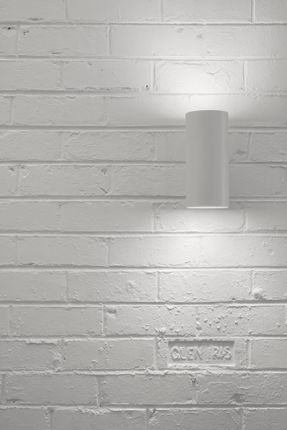MANUFACTURERS
GRAPHISOFT, KEIM, Anchor Ceramics, Armadillo and Co, Cult, Dulux, Mark Tuckey, Sussex Taps, Adobe, Bamstone, Binq Windows, Briggs Veneers, Country Road, Grazia and Co, Keenan Harris
ESD CONSULTANT
Nick Bishop ESD
STRUCTURAL ENGINEER
FORM Structures
GEOTECHNICAL
Southern Geotechnical
BUILDING SURVEYOR
Grimbos Building Surveyors
LAND SURVEYOR
Geof Hosie Surveys
PHOTOGRAPHS
Dianna Snape
YEAR
2016
LOCATION
Glen Iris, Australia
CATEGORY
Houses
Text description provided by architect.
Drawing inspiration from the Halo Effect, this project takes the form of a faceted, textural “iceberg” from the outside, and a protected yet lofty refuge internally.
Halo House acts as a provider and protector for its inhabitants, granting a young family with a sanctum in which to grow and thrive.
The Halo Effect is a natural phenomenon whereby melting icebergs act as physical refuge for aquatic organisms while simultaneously releasing nutrients into their surroundings and generating a ‘halo’ of energetic life.
In an analogous way, Halo House acts as a provider for its inhabitants, granting a young family with a sanctum in which to grow and thrive.
Halo House realises a highly conceptual design as a practical and robust family home. It incorporates a 5KW PV solar array and a hydronic heat pump system that supplies both hot water as well as internal and pool heating
With a unique street presence of faceted white textures, articulated recesses and a discrete slip-in entry, the building reads like a geological feature in a landscape, continually evolving with the passing of time, weather and seasons.
Upon entry, the home reveals a lofty, open and inclusive arrangement.
A central stair void features 2.5 storey woven wire balustrade screens with a ‘halo’ of clerestory windows above. With a clean and robust materials palette, it feels lofty and airy whilst maintaining an efficient and hardworking floorplan to meet the growing needs of an active family.
Staying true to the overarching design concept, a clean, simple and robust materials palette, taking cues from Nordic design, features light timbers, natural concrete, painted recycled brick and raw brass.
The design draws inspiration from the Halo Effect with faceted white textures, articulated recesses and a discrete slip-in entry, allowing the building to read like a geological feature in a landscape, continually evolving with the passing of time, weather and seasons.
With a sculptural street presence, Halo House playfully reinterprets the Glen Iris Brick veneer house.
Highly conceptual in its approach, Halo House delivers a robust and efficient family home whilst upholding an overarching priority toward sustainability. Without compromising practicality, the design places importance on thermal performance and ethically sourced materials.
All materials are locally sourced and environmentally sustainable where possible. Victorian Ash with a low-VOC whitewash is used for joinery and floorboards.
Originally manufactured in the same neighbourhood, bricks used throughout are recycled and painted with a long-life, natural silicate mineral paint. Halo House is carefully designed for passive thermal performance and operates entirely from a zero emissions, zero fossil fuel services system.
Designed for passive thermal performance, the central stair void and clerestory windows act as a thermal chimney for night-purge ventilation, pulling cool air through the core of the building.
Internally, a series of sliding doors allow for spaces to be isolated for thermal comfort, whilst operable external timber batten screens allow for regulation and direction of sunlight and ventilation as required.
These strategies enable adaptation to environmental conditions and ensure occupant comfort.



















